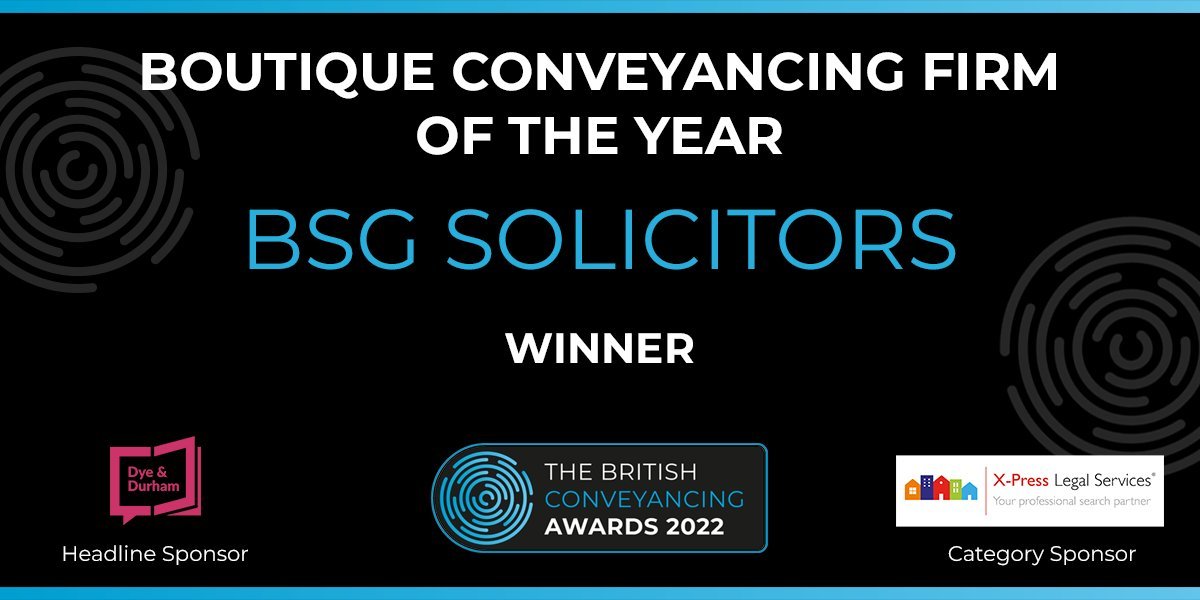If you are looking to buy a property under the Help to Buy equity loan scheme, you will need to know how to go about doing this, from raising the necessary funds to making your actual purchase.
Below we look at the steps involved in making a purchase under this particular affordable housing scheme, including the differences between buying a home on the open market and buying a home through Help to Buy.
What is the Help to Buy equity loan scheme?
The Help to Buy equity loan scheme will allow you to buy a new home on an approved new build development with assistance from the government in the form of an equity loan – a loan that is interest free for the first five years.
Under the scheme, you will acquire 100% ownership of the property, albeit with up to 20% by way of a government-backed equity loan, or up to 40% if you live in London.
However, these loans are only available to first-time buyers and home movers on new-build homes costing up to £600,000 where a primary mortgage is secured. Help to Buy equity loans are not available for second or additional homes, or buy-to-let properties.
How does this Help to Buy scheme work?
When buying a property under the Help to Buy scheme using a government-backed equity loan, you will be required to put down an initial 5% of the property purchase price by way of a deposit. The government then adds an equity loan to this amount of up to 20% of the property value.
With as much as a 25% deposit in place, you can then apply for a mortgage from a commercial lender, in this case for the remaining 75% of the value of the property, much in the same way as you would when buying a property on the open market in the conventional way.
As previously indicated, the equity loan is interest free for the first five years. At the beginning of year 6 interest becomes payable and is charged at 1.75% of the loan's outstanding balance. From the seventh year the interest by 1% plus the current Retail Price Index. The loan must be repaid within 25 years, or when the property is sold, whichever comes first.
What properties are available under the Help to Buy scheme?
When searching for a Help to Buy property, the “Share to Buy” website at www.sharetobuy.com is a national online property portal for affordable home ownership schemes where you can search for homes based on location, bedroom numbers, deposit amount and other key criteria.
You can also find a “Help to Buy” agent at www.helptobuy.gov.uk/equity-loan/find-helptobuy-agent.
The Help to Buy equity loan scheme is run by local government-appointed agents. They can guide you through your purchase, from providing general information about the scheme to dealing with your application.
Your Help to Buy agent will also be able to guide you through the options available and explain the eligibility and affordability criteria.
What is the application process once I have found a suitable property to buy?
Once you have found a suitable property to purchase under the Help to Buy equity loan scheme you will need to reserve your property with the developer. You will then begin the application process by completing a ‘Property Information Form’ (PIF) to submit to your Help to Buy agent.
This is also the time to consult with a financial adviser in respect of your mortgage application. Your lender will need to be signed up to the equity loan scheme and will require a current valuation of your property.
In addition, you will need to appoint a solicitor to proceed with the legal side of your purchase. This is known as conveyancing. You should choose someone who is familiar with the Help to Buy equity loan scheme.
What is the conveyancing process under the Help to Buy equity loan scheme?
When buying a property under the Help to Buy equity loan scheme, as with any property purchase on the open market, you will still need to go through the conveyancing process. Conveyancing is where legal title of property is transferred from one person to another.
Once your Help to Buy agent has received your PIF and reservation forms, they will check your eligibility and affordability for the property in question. If your equity loan application is approved, your agent will then issue you with a document called an ‘Authority to Proceed’ (ATP).
This document confirms to you, the developer and your solicitor that you meet the criteria for the equity loan scheme. The conveyancing process can then begin.
Your solicitor or conveyancer will be required to complete some additional paperwork on your behalf, and undertaking any necessary searches, that they will submit to your agent together with a copy of your mortgage offer, property valuation and a form called a CML (Council of Mortgage Lenders).
The CML lists any incentives the developer has offered you, such as paying your stamp duty. The total value of any monetary incentives should not exceed 5% of the value of the property.
If the Help to Buy agent is happy to proceed at this stage, your solicitor will be issued with ‘Authority to Exchange’. Your solicitor can then exchange contracts between you and the developer.
Once your new property is ready, and having been issued with a form called a Confirmation to Developer (CTD), your solicitor can then complete the purchase of your property – and you can move in!
Legal disclaimer
The matters contained herein are intended to be for general information purposes only. This blog does not constitute legal, financial, or other expert professional advice, nor is it a complete or authoritative statement of the law and should not be treated as such.
Whilst every effort is made to ensure that the information is correct, no warranty, express or implied, is given as to its accuracy and no liability is accepted for any error or omission. Before acting on any of the information contained herein, expert legal advice should be sought.










